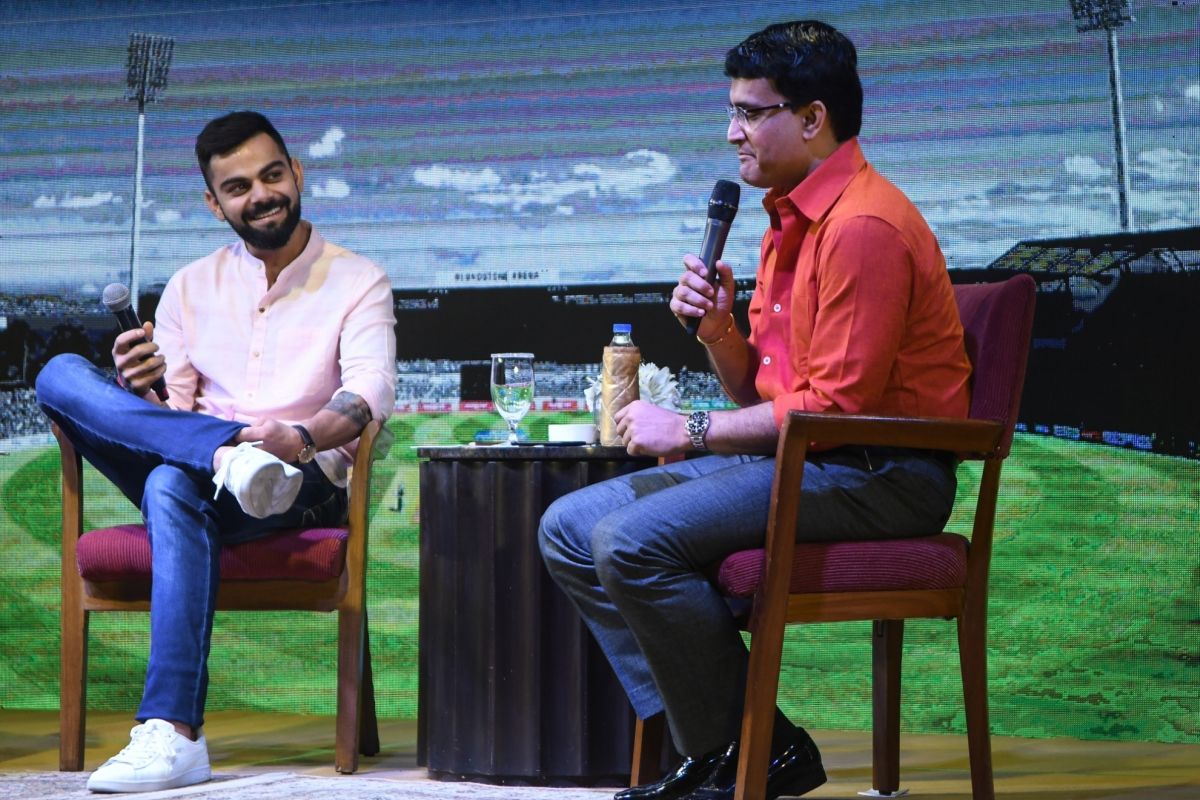A London paper, earlier this week, had an article on what it called cricket’s aural joy, listing sounds produced when bat met ball: scritchscratch, guddunk, thud, clop, whomp, whump, tunk, bonk, clonk and, completing the catalogue, qunckk. Which, you might conclude, was quite comprehensive, an Encyclopedia Brittanica of the game’s soundscape. The sound would have been different, though, when pictorial evidence came through of the Indians in the Asia Cup, bathing in the sea, surfing and lustily hammering a defenceless volleyball. Bats and balls were nowhere in sight, which was okay.
Coach Rahul Dravid had allowed them the fun in the water after the boys had made a splash in the field, scrapping their way past Pakistan and, later, Hong Kong, to make the next stage of the tournament, believed to be India’s for the taking. The belief is attributed less to the victory against Hong Kong than the one versus Pakistan, amid all the hoopla around the great subcontinental showdown. Well might you have wondered looking at the bubbling spirits of India’s cricketers how they managed the show of energy when their peers elsewhere in the world were close to breaking point as the game was finding it quite impossible to cope with the commercial demands being made upon it.
Advertisement
Cricket felt rather good and selfimportant when television, entirely for its own reasons, catapulted it to a sort of prominence to begin with. The one-day game was then the way to the bank. Test matches stepped back a little but could not be cast off since anyone who was anyone said that the conventional game was the jewel in the crown. Then came Twenty20 Internationals, and the burden on the player got a lot heavier. There had never before been a time when cricketers were required to take as many as three formats in their stride. Even machines break. Top players chose to restrict themselves to one or two formats.
Some settled exclusively for Twenty20s. Test cricket lost some A-list exponents, partial to the easier workload and the higher takings in the white-ball knockabouts. The fiesta went on because money had its own attractions. Shouts pierced the air everywhere, but the Indian calm was cloistral, even if its board president was a former national captain.
And its cricketers, secure like Virat Kohli or someone on the fringe of the pool, dipping an exploratory toe in the water, will never raise their collective voice, if any, as the intra-team competition is as stiff as that on an Olympic 100m track. “It is not cricket” is a forgotten reproach but it does come back to the mind. What is worse than the rat race is the mental toll on the innocent youngster who started out as an optimistic explorer. They wring the life out of him. If you hear the silence of the graveyard, you have got it right.
A version of this story appears in the print edition of the September 4, 2022, issue.
